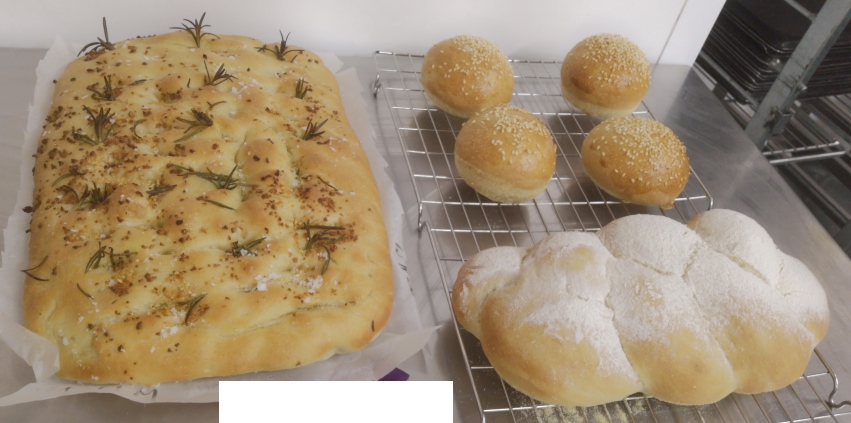I read this book around 2001 on the tube to Uni. Not sure why I bought it, I guess the tittle looked interesting mixing a philosopher and an anti-depressant?
Somehow, I wanted to re-read it, maybe first time I do it. I think now it makes more sense than 21 years ago (how things have changed!!!) and proves further my feeling that having a solid moral base it is the key for dealing with (a lonely or not) life. In the last years I have read several books that are categorized as self-help but all they gave me something to build my moral. And this book proves that strategy.
The idea is not all issues are “fixed” with a pill. In some (maybe many?), it is our way of thinking what it is causing our problems. And I can’t agree more. I am fully aware that many of my complaints are more based on my behaviour that external things. So this is a work for life. And I dont mind. If you dont work a muscle, you know it goes weak.
The book focus in Western and Oriental philosophies but it doesnt prefer any, each person, each case, needs a different approach, so that builds your tool box. You have an intro to several aspects of philosophy that are “easy” to digest. That is quite good, because one of my complaints is that most authors make their book imposible to digest if you are not one of them, and that kills the idea of philosophy? This should be for everybody! That should be the essence of philosophy.
As well, the book gives the process PEACE to use the philosophical approach and provides examples for several cases.
Still, the book doesnt deny that there are cases where medication is needed. And I agree with that. So the idea of visiting a philosopher is added to the current options of a psychologist or psychiatrist. And the site is up. And it is quite spread. The idea to attend a philosophical cafe conversation is appealing, sometimes you yearn for a deep conversation.
So at the end, it was worth to read it again to carry on my work of self-care/improvement, resilience, etc.





